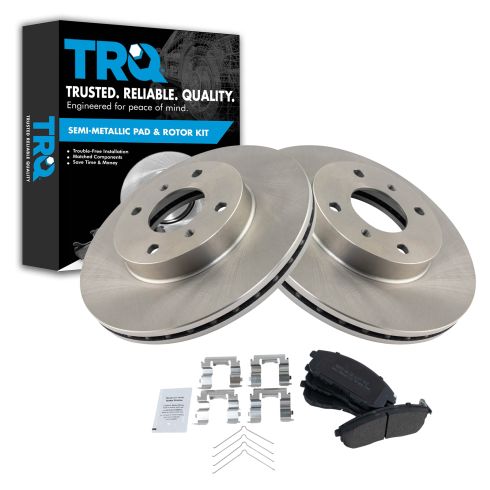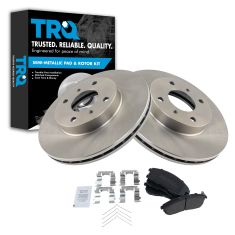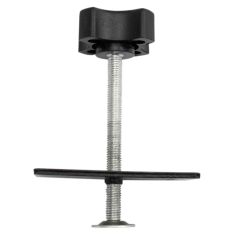1ABFS00012-Nissan Altima Sentra Infiniti G20 Front Semi-Metallic Brake Pad & Rotor Kit TRQ BKA10496

Replaces
Nissan Altima Sentra Infiniti G20 Front Semi-Metallic Brake Pad & Rotor Kit TRQ BKA10496

Frequently bought together
Product Reviews
Loading reviews
Customer Q&A
No questions have been asked about this item.









